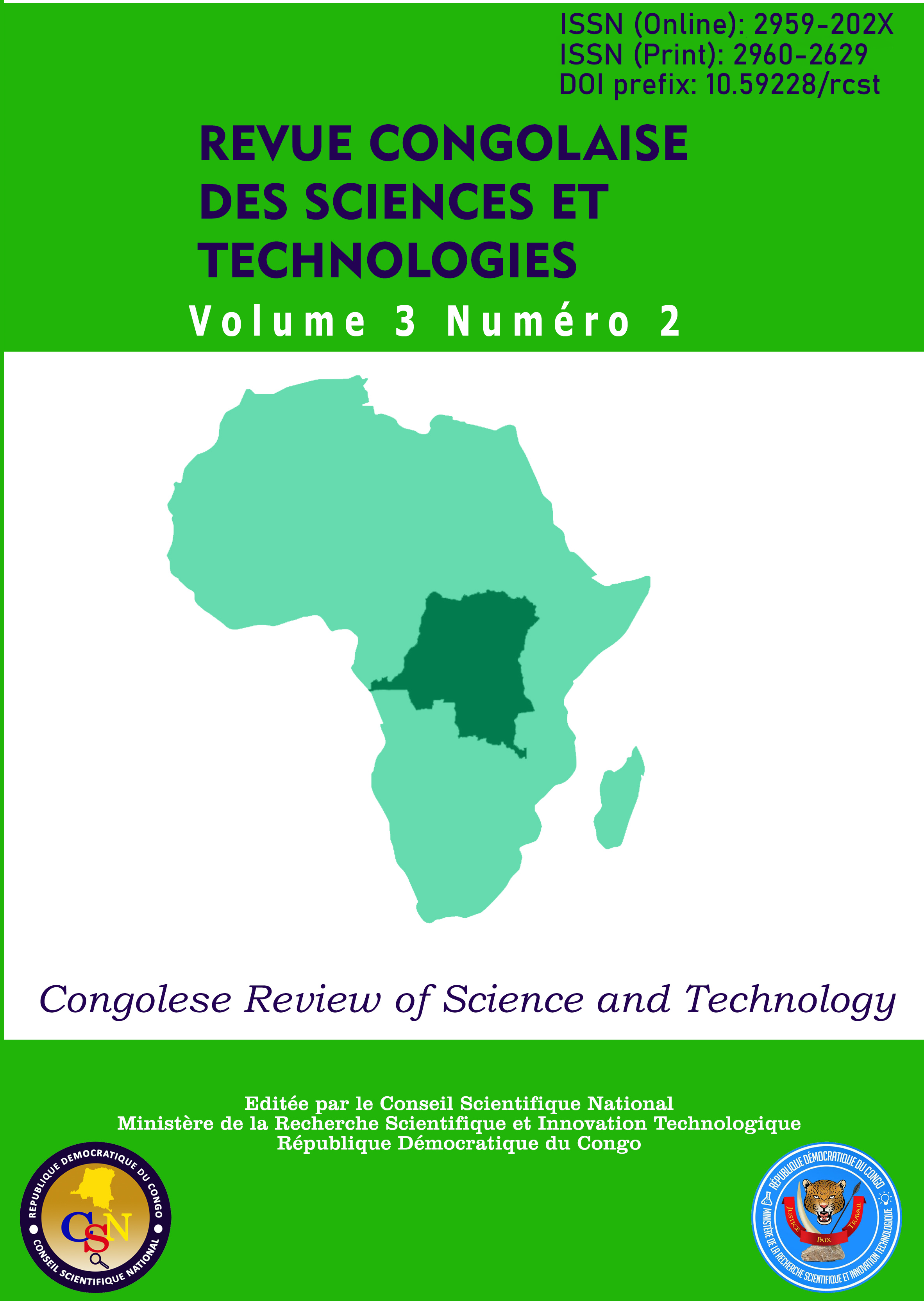Brief description of the African Free Trade Area in the integration process
Main Article Content
Abstract
The father of Pan-Africanism (Kwameh Krumah) predicted that without the union of Africa, no development could be
achieved. Diachronously, the Monrovia Declaration (1979), the Lagos Plan of Action and the Lagos Final Act (1980), the
Abuja Treaty (51991), the African Union and finally the African Continental Free Trade Area are undeniable phases in the
process of African integration. The agreement on the African continental free-trade area constitutes the first stage in the
phases of the integration process as provided for in the Abuja Treaty establishing the African Economic Community, which
is based on eight (8) regional economic communities (RECs) recognized by the African Union following the decision on the
moratorium on the recognition of RECs by Assembly/AU/Dec.112 (VII) at the First Conference of African Ministers of
Integration held on March 30 and 31, 2006 in Ouagadougou, Burkina Faso, which means that those RECs that have not yet
created their own free-trade zones must do so? The integration process is long, but irreversible.
Article Details

This work is licensed under a Creative Commons Attribution-NonCommercial-ShareAlike 4.0 International License.
References
Kamanda, K. (1976). Le défi africain: une Puissance
économique qui s’ignore. Paris, Afrique
Biblio club.
Mahamadou, I. (2019). Allocution du Président de la
République du Niger lors du 12ème sommet
extraordinaire de la conférence des chefs
d’Etat et de gouvernement à Niamey
[Discours]. Niamey, Niger.
Ndeshyo, O. (1983). Le système d’intégration
africaine. Kinshasa, Edition universitaire
africaines.
Traité d’Abuja du 3 juin 1991, approuvé pour
adhésion, 3/01/1991
Accord portant zone de libre-échange continental
africaine, Kigali, le 21 mars 2018, approuvé
pour adhésion le 30 mai 2019.
Bahati, B. & Byeragi, G. (2019). Le commerce
international dans une économie globalisée.
Bruxelles, Asno Editions.
Balingene, K. (2014). L’intensification du commerce
intra-africain et l’accélération de la création de
la ZLE : Aperçu global sur le nouveau plan
d’action de l’UA. In M. Ndeshyo (Ed.), Le
Nouvel élan du panafricanisme, l’émergence
de l’Afrique et la nécessité de l’intégration
continentale. Kinshasa, Cedesurk.
Bedjou, M. (1979). Pour un nouvel ordre
économique international. Paris, Unesco.
Biao, B. (1999). Intégration régionale en Afrique
centrale, Bilan et perspectives. In B. H.
Hakim, E. Bekolo & M. Touna (Eds.),
L’intégration régionale en Afrique centrale,
Bilan et perspectives. Paris, Karthala.Commission économique des Nations Unies pour
l’Afrique. (2008). Etat de l’intégration
régionale en Afrique, la Rationalisation des
communautés économiques régionales. AddisAbeba, Commission économique des Nations
Unies pour l’Afrique.
Déclaration africaine sur la coopération, le
développement et l’indépendance économique
à l’occasion de la conférence ministérielle
africaine sur le commerce à Abidjan, du 9 au
mai 1973, approuvé pour adhésion le 25
mai 1973.
Kamanda, K. (1976). Le défi africain: une Puissance
économique qui s’ignore. Paris, Afrique
Biblio club.

